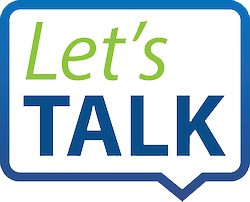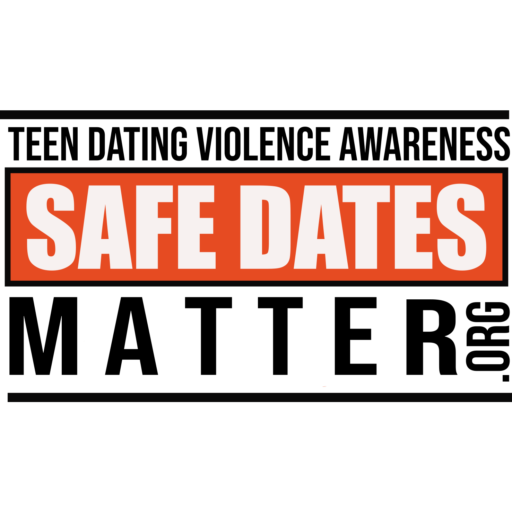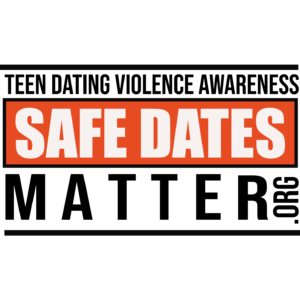
Dating abuse affects more people than the individuals who are dating.

The entire community must unite to support victims facing abuse. As a friend or an unacquainted bystander, you have the ability to become part of the solution. When you witness an abusive situation, here are some things to consider about taking action or possibly interrupting a violent situation.
Being an active bystander means doing something to stop dating abuse. You might witness abuse with those you know or with strangers. As an active bystander, you have the power to help a situation. It may not be safe for you to intervene during a violent situation, but there are things you might be able to do before abuse happens. First of all, become aware of what dating abuse is. Recognize the warning signs and red flags to dating abuse. You also can call Safe Journey’s teen counselor advocate to help you figure out ways to safely become an active bystander.
Get your friends involved and respond as a group. Talking as a group to someone about dating abuse can help address their abusive behaviors in a powerful way. There is strength in numbers.
Why Do Teens Stay in Abusive Relationships?
This question is asked frequently of teens in abusive relationships. Dating abuse is complicated, especially for teens. It is often very difficult for them to leave. Let’s discuss some of the reasons why teens stay in a dating violence relationship.
- There are many pressures in society to have a boyfriend or girlfriend.
- The victim and abuser often share the same group of friends. They may be afraid they will lose friends, especially if those friends side with the abuser.
- The victim does not want to be alone. They feel it’s better to be with someone who abuses them than to be alone.
- Victims often do not talk about their abuse. They are often ashamed of what is going on.
- If the abuser is well-liked or popular, victims may feel that no one would believe them or that everyone will take the abuser’s side.
- Teens generally do not seek help. They don’t want to talk to their parents, even when abuse is happening.
- Their friends may not understand what is happening, which makes it hard for them to provide appropriate support. Friends may even pressure victims to stay in the abusive relationship.
- Many teens in dating relationships are inexperienced. Teens often believe that jealousy and violence are signs of love. But physical abuse and jealousy are not love. Abuse is about having power and control. Abusers try to control their victims in a dating relationship in many different ways. Abuse and control are not part of a healthy, loving relationship.
- The victim believes that they are lucky to have a boyfriend or girlfriend, or they could not do any better.
- The victim believes that they are at fault for the abuse. The abuser says things that blame the victim for their abusive behavior: “You were talking to that guy and I care about you so much it made me so mad.” “I wouldn’t have gotten angry and hit you if you weren’t talking and flirting with that guy.” “You were dressing up to get attention.” “You want someone else.” Abusers are responsible for their own actions and behaviors. No one deserves to be hurt or abused under any circumstances. Abuse is not normal or your fault. You do not deserve to be abused.
- When a victim tries to break off the relationship, the abuser may threaten to hurt himself, the victim, pets, or other people. If the abuser has made violent threats, talk to a Safe Journey teen counselor advocate or another trusted adult. Threats are serious business and you may be in danger. Plan ahead. Before you break off a relationship with an abuser, contact a Safe Journey teen counselor advocate to help you develop a safety plan.
- Victims often do not understand the warning signs or red flags associated with dating abuse.
- Many victims believe that abuse is normal. Teens who grow up in a home where there is family violence may see abuse as “normal” and think what is happening to them is OK. It isn’t.
- An abusive relationship hurts the victim’s self-esteem. Emotional, verbal, and physical abuse affect a victim’s sense of worth. Often, a victim believes what the abuser is telling them. In many ways, being in an abusive relationship is like being in a cult.
- A victim is afraid of what will happen if they decide to leave the relationship.
- Victims who identify as LGBTQ fear being outed. Victims who have not come out may fear that their partner will reveal their secret. It can be a scary time for teens who are just beginning to explore their identities. They may stay in an abusive relationship so their identity is not exposed.
- Victims have a hard time admitting that they are being abused.
- Victims are afraid that their friends and family will judge them.
- Victims often stay in an abusive relationship because they love the abuser. They believe the abuser will change if they give them enough love and support. Parents or adults often feel that dating teens cannot be that serious, that what they are experiencing is just “puppy love.” Parents and adults often do not recognize the warning signs and red flags in their teens’ relationships.
You can also call Safe Journey’s teen counselor advocate to help you figure out ways to safely become an active bystander. You can encourage the person being abused to call Safe Journey to talk with a supportive listener who can help them develop a safety plan.
Change the Culture

- Speak up! Talk publicly about why dating abuse is never OK.
- If people you hang out with start to talk disrespectfully against girls or women, speak up! Let them know that’s not cool. It might be the first time someone has made them aware they can change their behavior and the things they say.
- If you see sexist or abusive comments shared on social media, speak up! You can let them know you don’t approve. If you don’t feel safe doing that, you can report the comments.
- If you’re at a party and someone starts hitting on someone and you see it is making that person feel uncomfortable, you could try distracting them away from that person.
Talk to your friends about relationships. Share your ideas about what is healthy and unhealthy. - If someone you know is being abused, try talking to them privately. Listen more than you talk. Let them know no one deserves to be abused. Ask if there’s any kind of help or support they would like.
- If you see someone getting hurt and you feel it is safe to speak up, do so. Let the person doing the abusing know what they are doing is not OK. Try to create a distraction, such as asking them a question, to shift their attention away from the victim.
- If you see abuse happen, create a distraction. For example, spill your drink, ask the abuser for directions, or stand nearby pretending to talk on your cellphone.
- If the situation becomes dangerous, you may need to get help. Think about who can help intervene to make everyone safer in this situation. This could be a teacher, parent, school resource officer, or even a friend of the abuser.
- If you feel safe, talk to the friend being abusive. You can say something like, “I heard what you were saying to Casey. That was hurtful and mean. Why do you think it’s OK to talk to anyone like that?”
- Get your friends involved and respond to the abusive friend as a group. This can be a safer option. When someone hears that many people see a problem with how they are acting, it may make them more likely to change that behavior. Remember, there is power in groups and safety in numbers.




